TPW TV: Billy Hassell and the Art of Conservation
Thursday, June 13th, 2019This is Passport to Texas
Billy Hassell lives in the urban world of Fort Worth; yet, he’s always been drawn to the natural world.
Reconnecting with nature in a small way, in a very urban environment… it calms the soul somehow if you can slow down. We live fast-paced lives and we’re kind of conditioned, I think, to believe we have to live in rush all the time.
He doesn’t rush, but he does brush. Billy’s a full-time artist who focuses on nature.
My work has always been inspired by nature. I grew up in a time when there were still some open spaces and creeks and I got to experience a little bit of nature even though I grew up in a pretty urban environment. I guess my love of nature was born from those experiences, and I’ve been kind of searching for that throughout the rest of my life. I’ve been seeking out opportunities to be out in nature and find places to inspire my work.
And inspiration is all around. He recently found it at Powderhorn Ranch.
I find a lot of inspiration as an artist in a place like this, and as I learn more and more about it, I’m fascinated by the complexities of it and how practically every plant and every little creature plays a role in the overall balance of a place.
See Billy Hassell and his art in a segment of the Texas Parks and Wildlife TV series on PBS the week of June 16. Check your local listings.
For Texas Parks and Wildlife…I’m Cecilia Nasti.
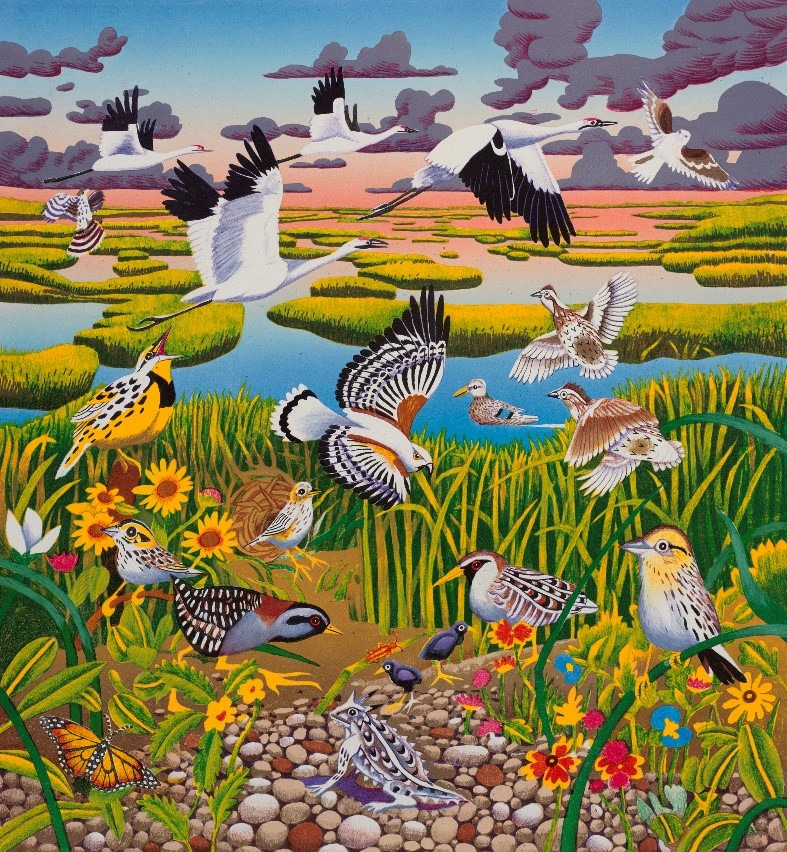

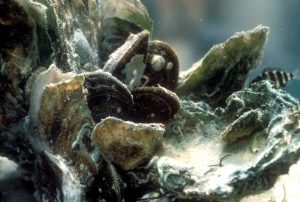
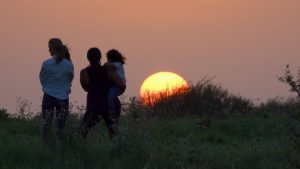
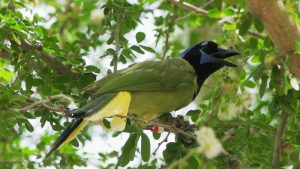
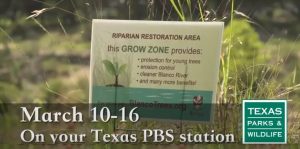

 Passport to Texas is a
Passport to Texas is a  Passport to Texas is made available by:
Passport to Texas is made available by: